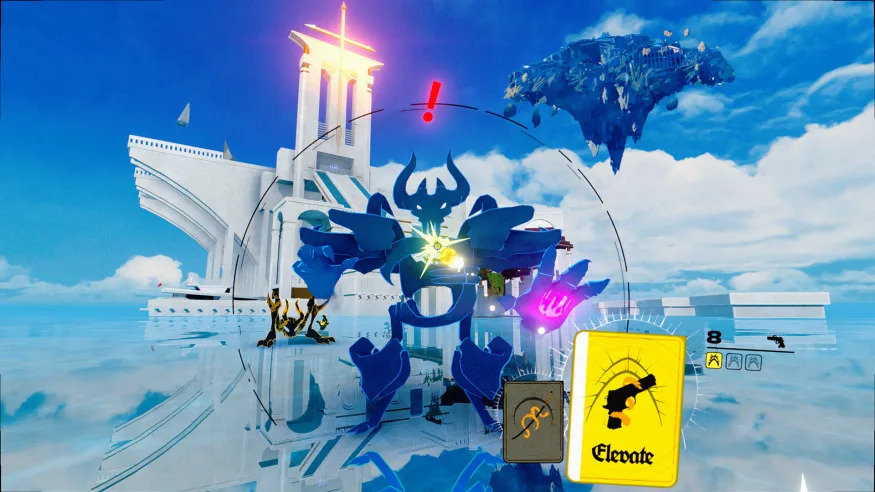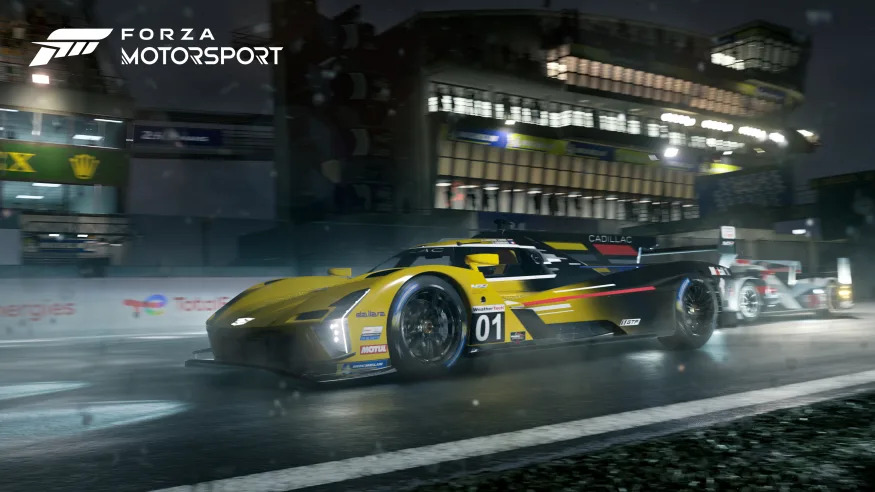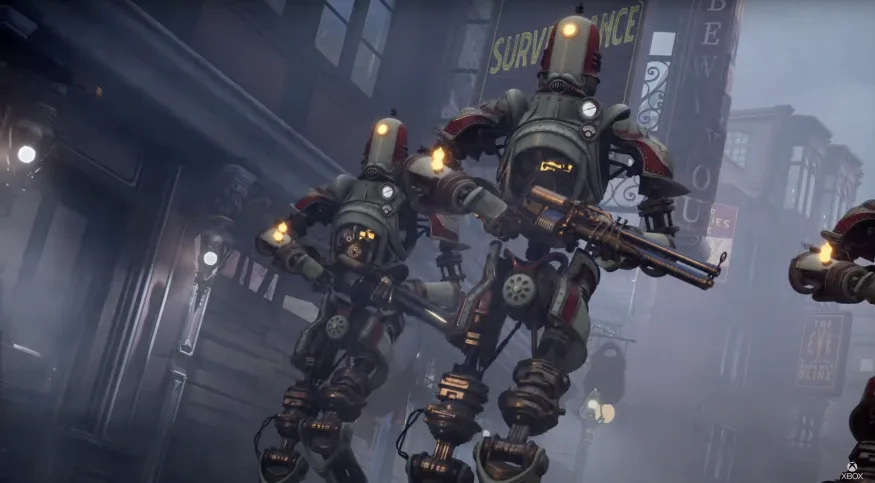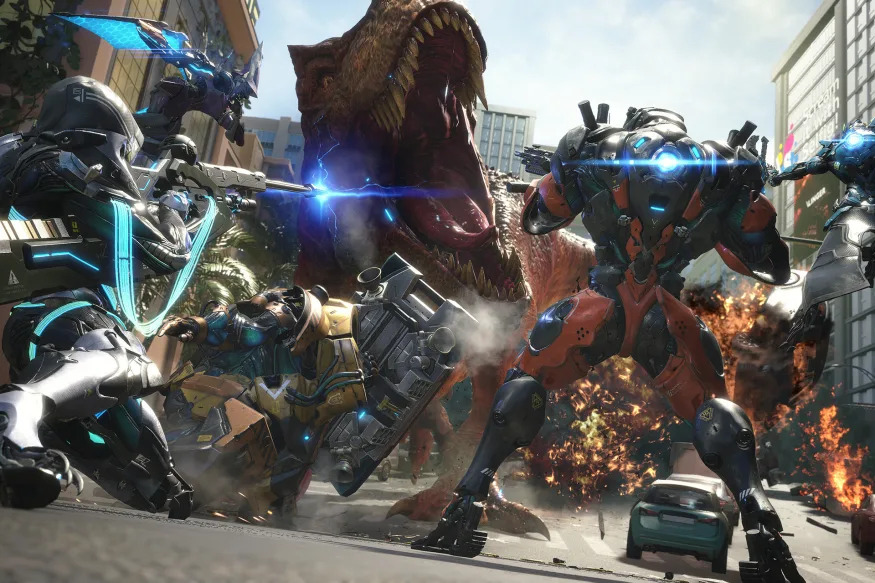For anybody with an eye on video game news, it’s been hard to overlook the recent rise of names like Annapurna Interactive, Devolver Digital, Private Division, Humble, Epic Games and Netflix connected to independent tasks. The distribution process for indie developers has actually moved over the previous couple of years from a self-publishing-first model, to one that prioritizes deal-making and acquisitions. For the moment, this shift is powering a small but highly visible boom in the world of indie video games.
” I don’t think I ever want to self-publish once again.”
Ben Ruiz has actually been a game developer since 2005, and in that time, he’s pretty much done it all.
” Everything favors a publisher relationship, apparently, because self-publishing has actually become this extraordinarily difficult thing,” Ruiz said. “It’s possible, however without assistance, I just do not understand how anybody’s doing it … I got a great deal of friends in the very same boat.”
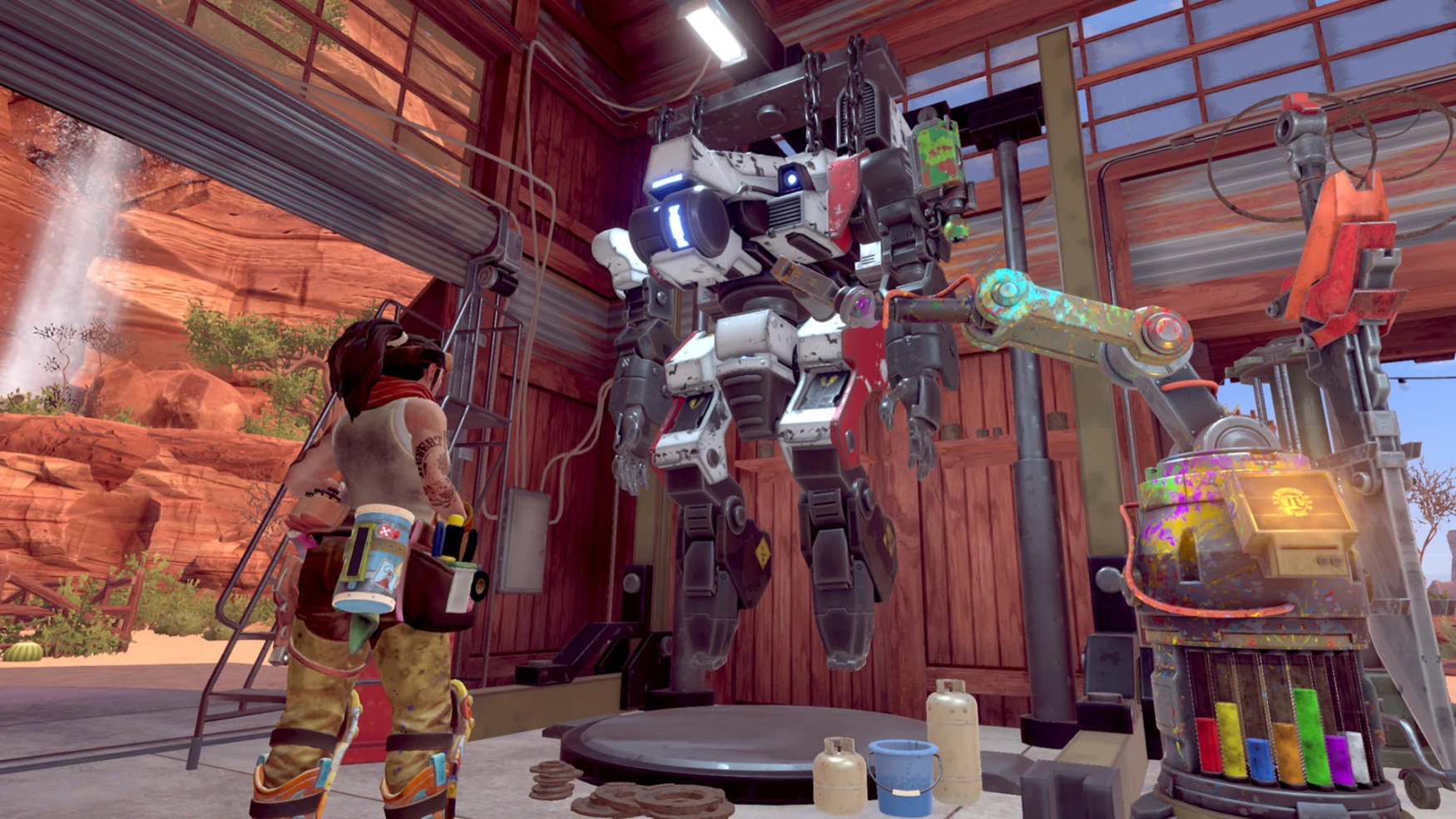
He started working on Aztez in 2010, when Steam was a curated marketplace where Valve staff members hand-selected individual games for the platform. This system had totally imploded by 2012: On the heels of breakout hits like Braid, Super Meat Boy and Fez, the indie market was overrun by new games and developers, and Steam dropped its curation efforts.
Ruiz and his business partner constructed Aztez in between contract tasks, and by the time it was ready to debut on Steam in 2017, the indie market was saturated. There were 309 games added to Steam in 2010; in 2017, there were 6,306. Even with a hefty amount of hype behind it, Aztez had difficulty standing apart, which was the last time Ruiz attempted self-publishing.
Ruiz did contract work for a while after Aztez, and in 2018 he pitched Bounty Star to individuals he understood at Annapurna. The video game has an intricate facility– it stars Clem, a desert fugitive hunter with lots of luggage, and it includes mech battles, emotional narrative scenes and home-management mechanics, consisting of some light gardening. Annapurna bit, and Ruiz landed a publishing deal.
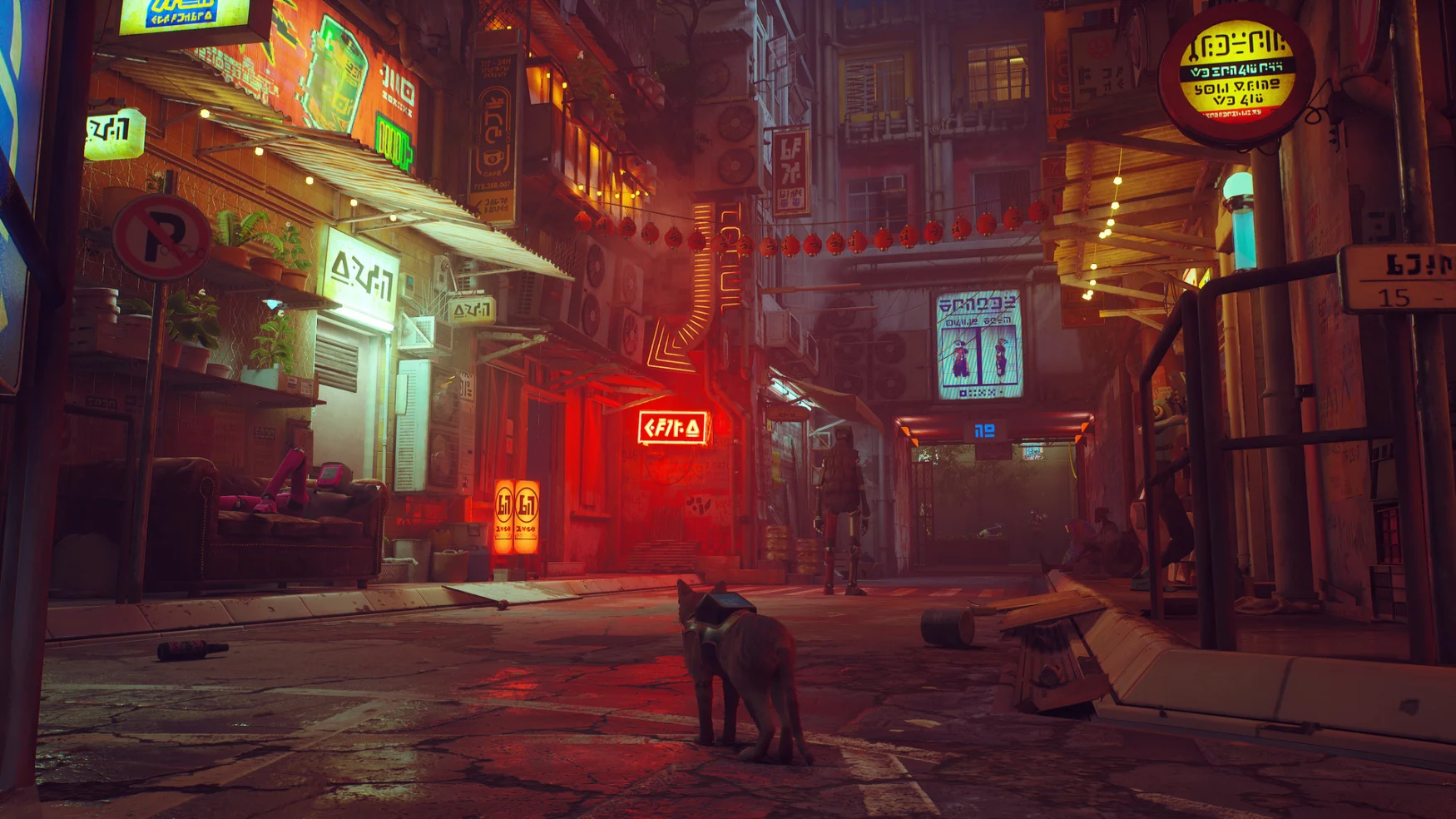
Annapurna Interactive is one of the most popular publishers of indie games today, with titles like Stray, Outer Wilds, Neon White, Donut County and What Remains of Edith Finch on its books. It was established in 2016 as a spin-off of Annapurna Pictures and quickly established its brand name as an arthouse publisher, concentrated on visually ingenious and emotionally driven experiences. Its displays are now a staple of the gaming calendar.
Annapurna is handling the marketing for Bounty Star, and it’s likewise financially supporting Ruiz’s studio, Dinogod. When Ruiz pitched the game, he was clear that he ‘d need a team of five or six people to bring his vision to life, and Annapurna offered him the funding to hire up.
” The truth that Dinogod has five full time people, that was a part of the collaboration,” Ruiz stated. Like, they’re not averse to scale.”
There’s likewise Humble, Private Division, Raw Fury, Epic Games, Finji, Gearbox, EA and Netflix, all of which have actually stepped up their indie publishing efforts in recent years. Microsoft’s technique is to merely acquire the studios it likes, and today it has 23 designers under the Xbox Game Studios banner. Microsoft and Sony are likewise signing hundreds of one-off deals with indies as they try to fill their streaming libraries– Xbox Game Pass and PlayStation Plus Premium– with a consistent stream of brand-new experiences.
This is the new standard for indie designers: Identify the publisher that finest matches your video game’s tone, pitch it, and pray. Even developed studios, such as Device 6 creator Simogo, have actually swapped to a publisher-first design. Simogo’s newest projects, Sayonara Wild Hearts and Lorelei and the Laser Eyes, are the outcome of its partnership with Annapurna.
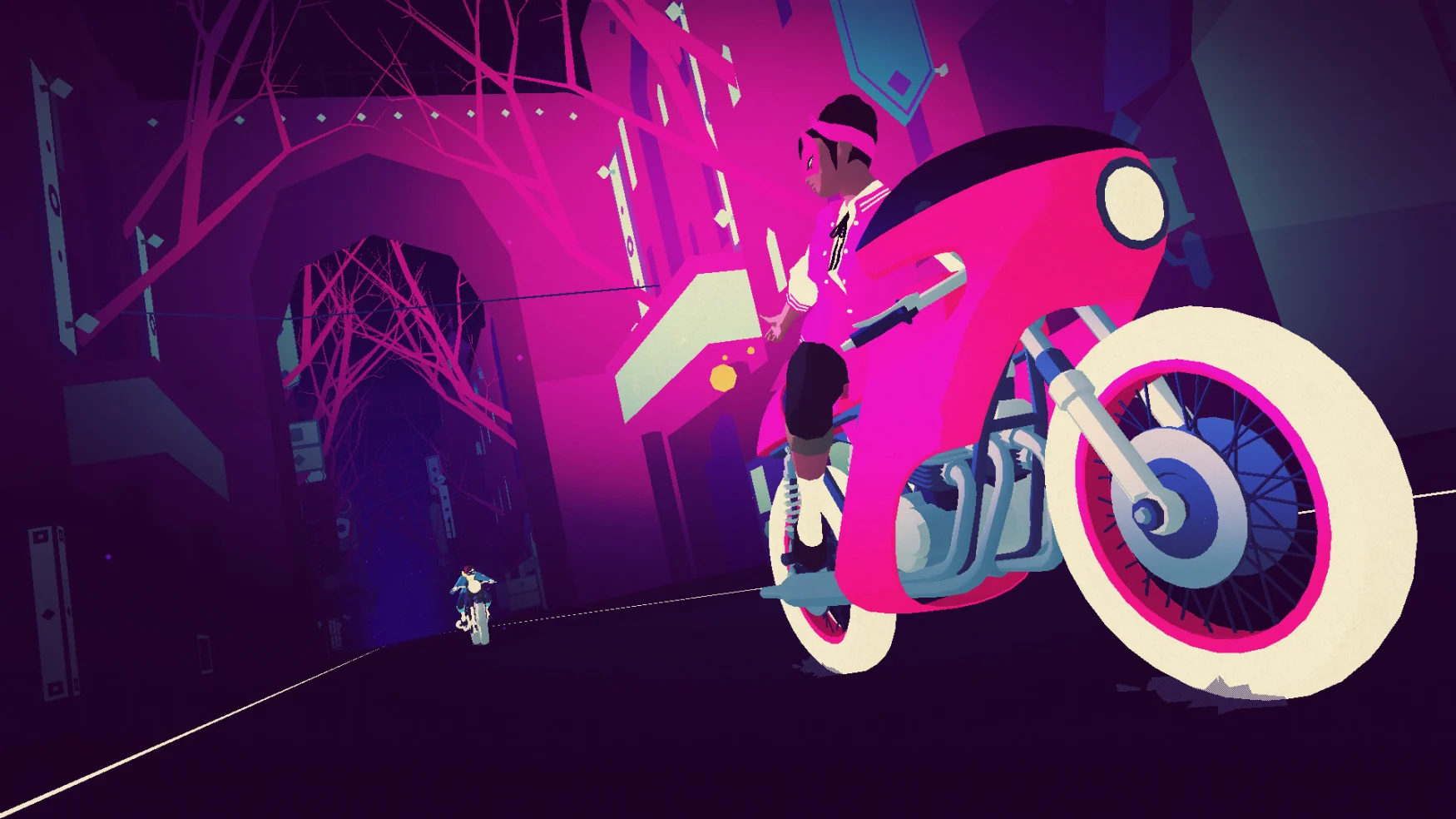
” I think for us as a studio, the greatest change is dealing with a publisher, something which we would view as completely dull and unwise ten years ago,” Simogo co-founder Simor Flesser informed Engadget earlier this month.
And after that there’s Netflix. The streaming business officially went into the game-distribution business in 2021, and it’s on track to have 100 titles in its library by the end of 2023, all easily readily available to anybody with a Netflix subscription. It’s already brought a variety of high-profile titles to mobile phones, consisting of Kentucky Route Zero, Poinpy, Into the Breach, Spiritfarer, Lucky Luna and Oxenfree II, and it’s acquired a few studios outright– significantly, Alphabear designer Spry Fox and Oxenfree house Night School Studio. The very first of these purchases was Night School, which Netflix acquired in 2021.
” Consolidation– I didn’t really have my finger as much on the pulse of that, since when we signed up with Netflix, it didn’t seem like that was taking place so rapidly,” Night School co-founder Sean Krankel told Engadget. “And now in the last few years, literally, it’s non-stop.”
The acquisition permitted Night School to move into the Netflix workplaces and it provided stability for the studio general, Krankel stated. With Netflix’s resources, the Night School team had the ability to add day-one support for 32 languages in Oxenfree II, and they were able to fly in remote collaborators as needed.
” All that’s truly amazing,” Oxenfree II lead designer Bryant Cannon said simply ahead of the game’s July 12th release. “I believe the game is going to be much better due to the fact that we have this battery in our back.”
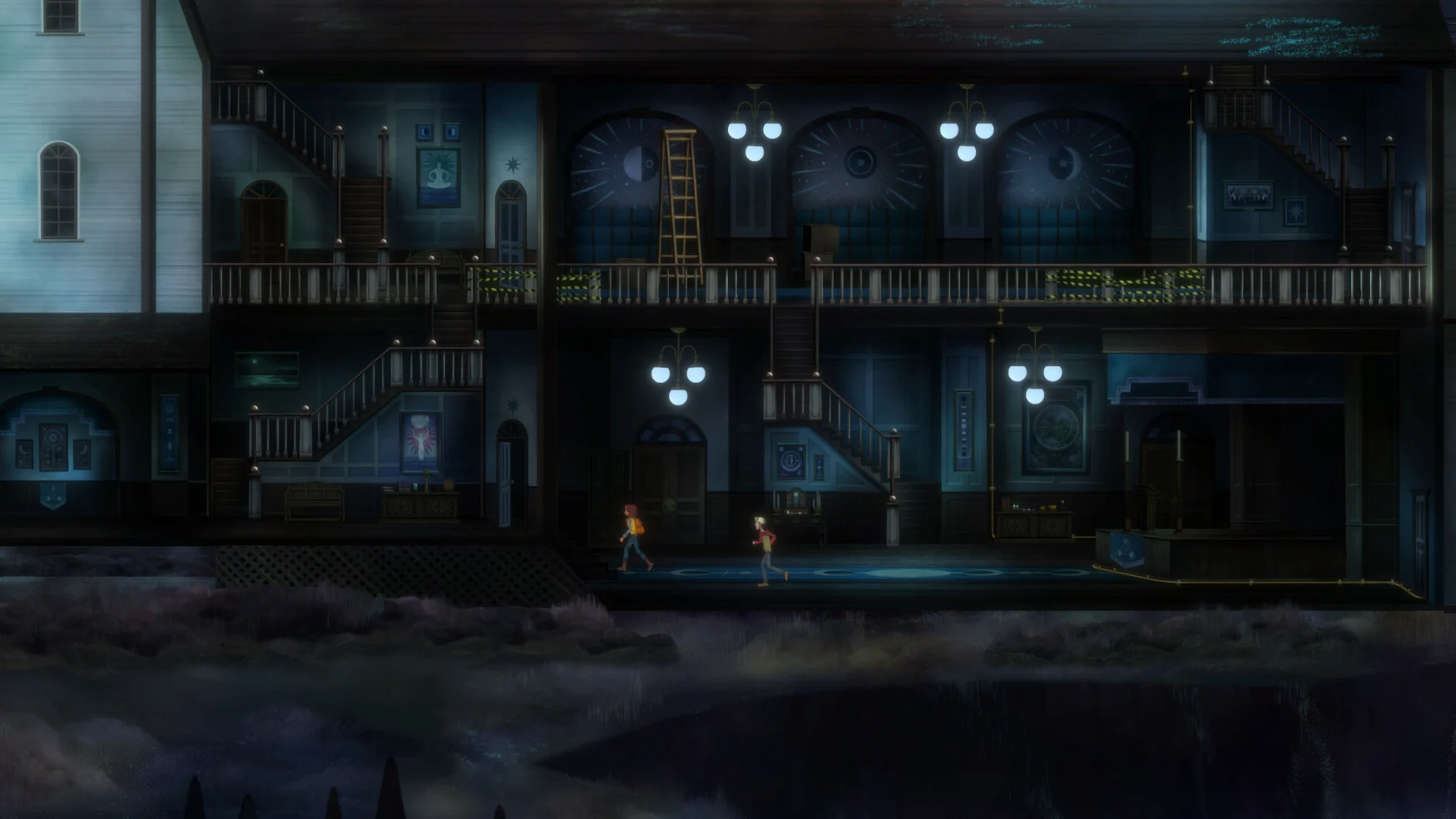
Beyond acquisitions, Netflix is also signing individual handle designers. Snowman is best called the name behind Alto’s Adventure and Alto’s Odyssey, and its latest task is Laya’s Horizon, a serene wingsuit experience exclusive to Netflix. There are two huge advantages of dealing with Netflix, according to Snowman creative director Jason Medeiros: The instantaneous access to an audience of more than 230 million individuals, and the flexibility to build a video game without fretting about monetization.
” You’ll see genuine quick that the video game that you’ve been playing can’t be free-to-play,” Medeiros informed Engadget in April. “Like, where would the ads go? It’s this dream world with no currency, even, and all that’s deliberate. As the imaginative director, I didn’t desire any of that things. Since I mean, I liked games prior to all that things took place. So having a platform like Netflix, it’s much like, none of that matters. You do not need to do that stuff. It’s a breath of fresh air; we get on chances to make games that way.”
Of course, there are still designers self-publishing their jobs– Vampire Survivors, Phasmophobia, Celeste and Among United States are all standout examples– but there’s a murkier path to success with this model, one based on timing, trends and a substantial quantity of luck. There are more than 90,000 games on Steam today; Xbox Game Pass and PS Plus Premium libraries each have more than 400 titles (and counting). In this market, it’s difficult to stand out without a little assistance.
It’s taken 10 years to get here, however it’s now a solid, measurable reality: There’s a lot of cash in indie video games. Much cash that outside companies are popping up and attempting to get a piece of the pie– and for now, it’s created a shiny bubble of beautiful PR packages and bespoke showcases committed to little teams and their games.
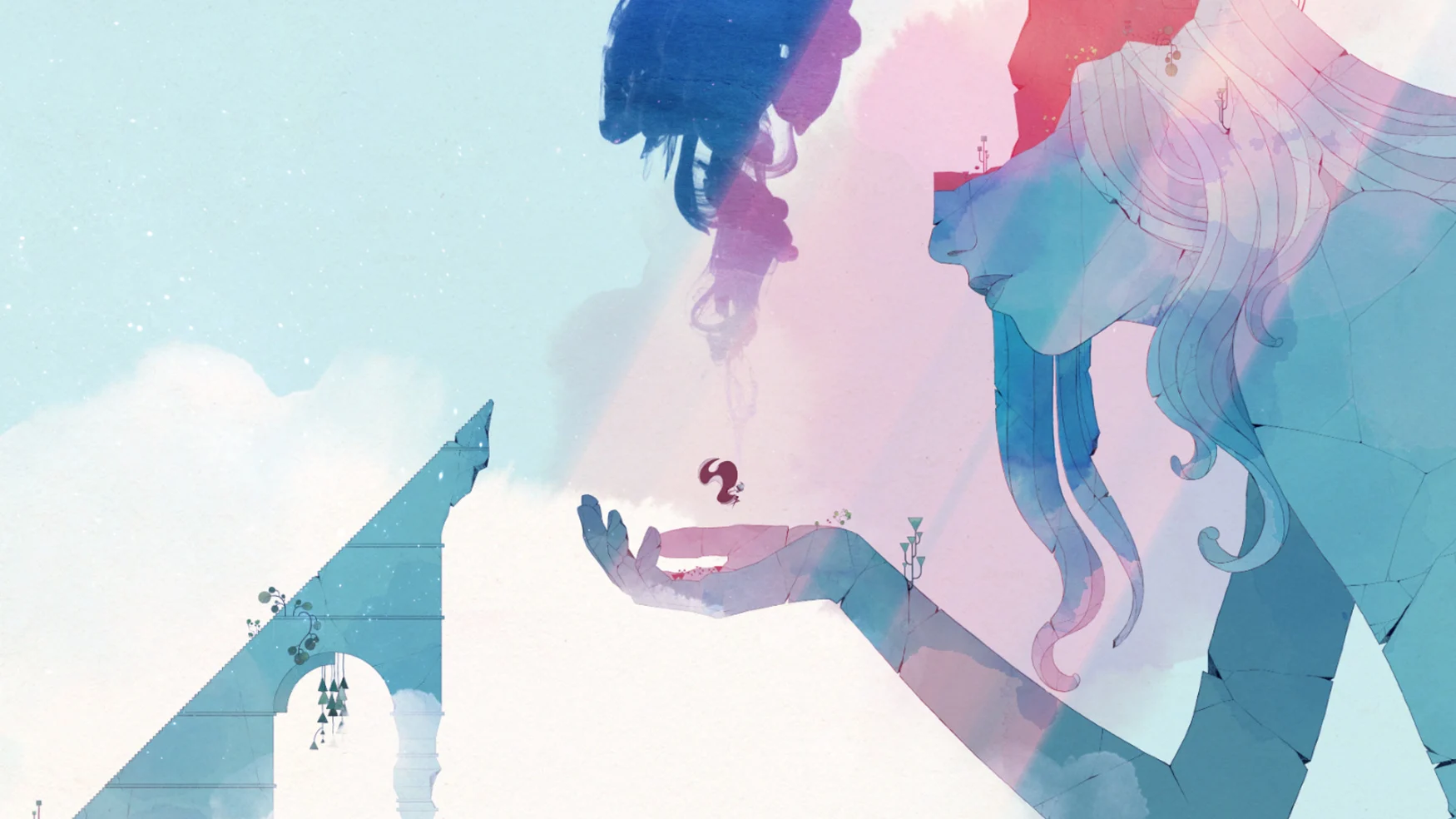
It’s challenging to ignore the potential for exploitation down the line, especially with Netflix in the mix. In the middle of the continuous writers’ and actors’ strike, the company is facing allegations that it instituted wildly unfair compensation deals for creatives, paying out one-time, very little salaries even as projects ended up being enormous hits on the streaming service.
For now, bespoke publishing is the name of the indie game. This system has already distributed ingenious and essential games to huge audiences– Tchia, Tunic, Sea of Solitude, Gris — and it’s offered stability to a lot of independent artists. Like, for instance, Ben Ruiz.
” I hope Annapurna’s success suggests more Annapurnas in the future,” Ruiz said. “It does not seem like they’re just trying to grab a thing that will generate income or collaborate with individuals that are simply going to make them cash. They plainly have a brand and an aesthetic instruction … if I can keep making video games for them for a long period of time, I will.”
The new normal works for Ruiz– and Flesser, Krankel, Medeiros and a lot of others. For now, it’s a practical system, even if it eventually leaves publishers, instead of independent designers, with the majority of the power.





